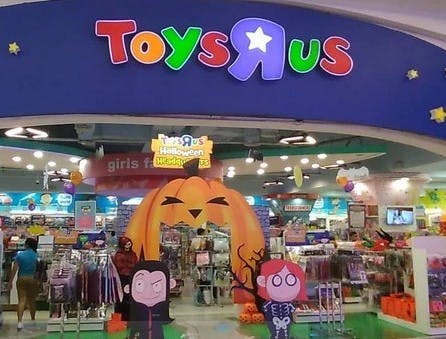Toys R Us comeback – playing for keeps?
After its very public failure in 2018, Toys R Us has returned with a newfound focus on experiential retail. But is this the in-store experience its customers were craving?
After its very public failure in 2018 and 100 store closures in the UK alone, Toys R Us appears to be making a (limited) comeback with two new mall-based stores in the US. Designed to offer an ‘experiential retail environment’ where children can ‘learn, play, and fall in love with the latest and most popular toys’ and brands can ‘showcase their products in an interactive, playground-like environment’, the stores will be using Silicon Valley start-up b8ta’s ‘Retail as a Service’ platform to deliver what they hope will be a revolution in experiential retail.
While it’s certainly an upgrade from the retailer’s previous strategy which focused on filling out-of-town warehouses with thousands of toy brands, will this new ‘curated’ experience revive a business which seemed to have run its course?
Throwing the baby out with the bathwater
This rebirth addresses one of the key reasons behind Toys R Us’ closure – failure to engage in-store customers – but in attempting to re-establish its relevance, it appears to have gone to the opposite extreme and placed all its faith in immersive experiences. And, while customers will be able to buy some toys in-store, there’s increased reliance on offering online stock – one of b8ta’s specialities is allowing people to try products offline before buying online. Given that one of the most appealing aspects of old-style Toys R Us to its target audience of children and parents who want to make them happy was the instant gratification of being able to buy and take away any one of the thousands of toys lining the shelves, there’s a chance that they’ll alienate the very people they want to attract.
Balancing the see-saw
While Toys R Us has clearly learned some lessons from the past, this new strategy won’t necessarily secure its position as a destination toy store. A good in-store experience – one which makes customers want to come back time after time – depends on more than slick demos and product selectivity, though they definitely have their place. These experiential innovations need to be balanced with solid strategies for omnichannel service – showcasing the latest toy, no matter how exciting/educational/playful the experience, at best means nothing and at worst can be damaging if customers can’t round it off with an immediate, physical purchase. And that depends on getting your operations in order, from inventory management to data analytics and logistics – we’ve all seen what happens to a brand’s status when it can’t deliver the ‘latest and most popular toys’ into the hands of children whose expectations have been built up by in-store and online promotion.
As Harrods and Boots have shown with their newly overhauled health and beauty areas, it’s possible to offer an experience which delivers a significant ‘wow’ factor as well as meeting the more practical needs of both customer and retailer – the key to getting it right is knowing your business, knowing your audience and using the right digital platform to support the former while surprising and delighting the latter.

This article first appeared on MyCustomer.
